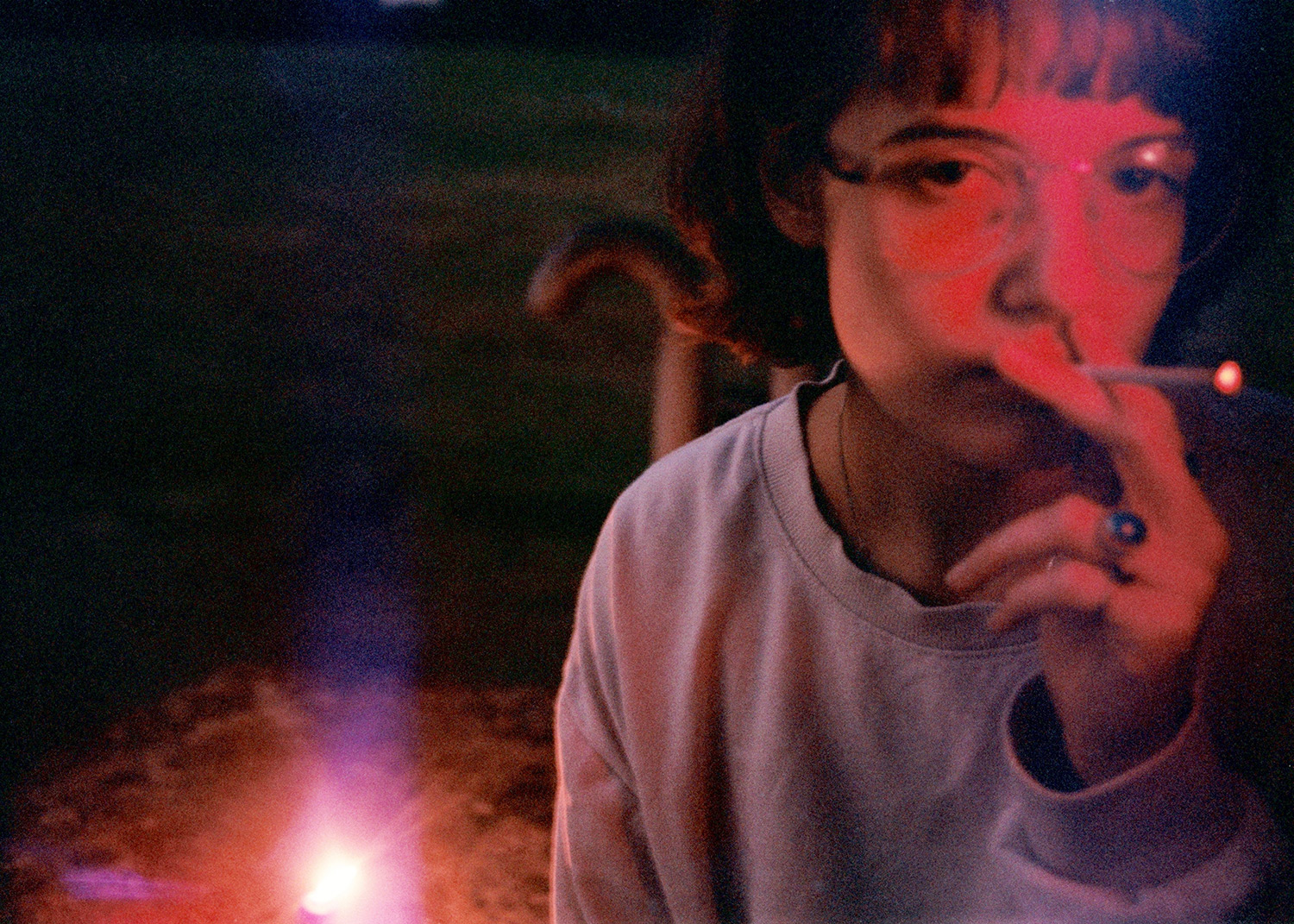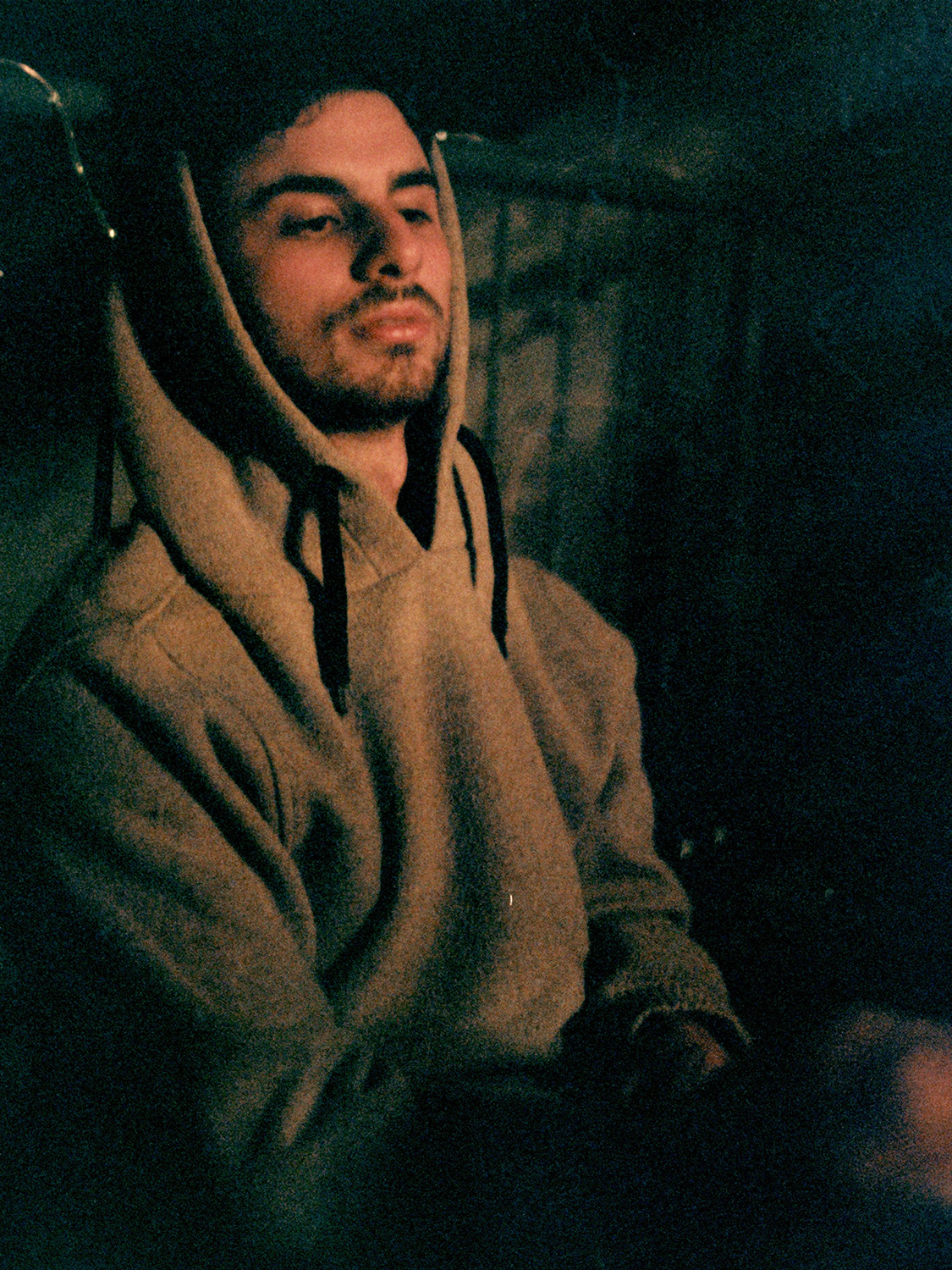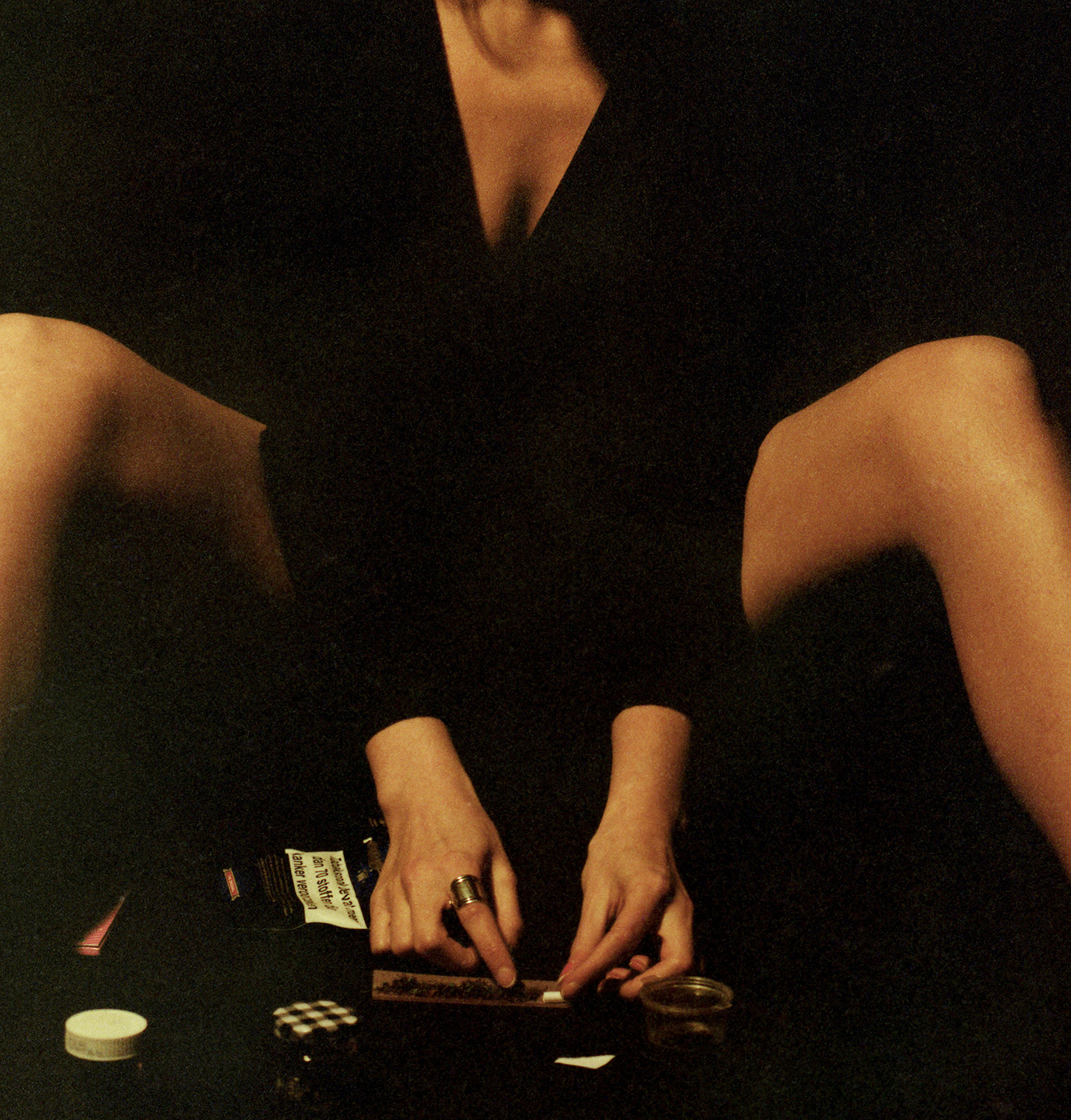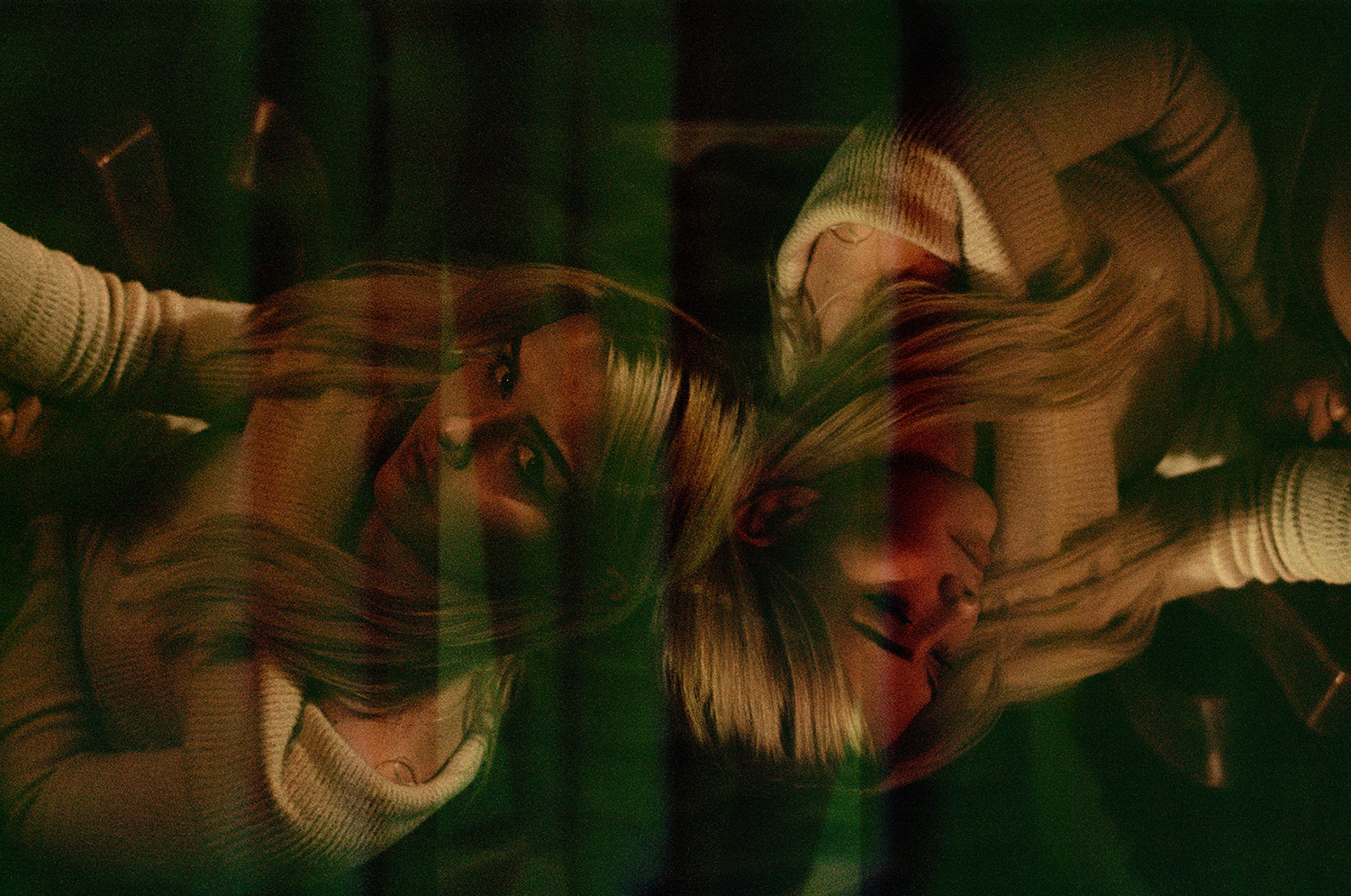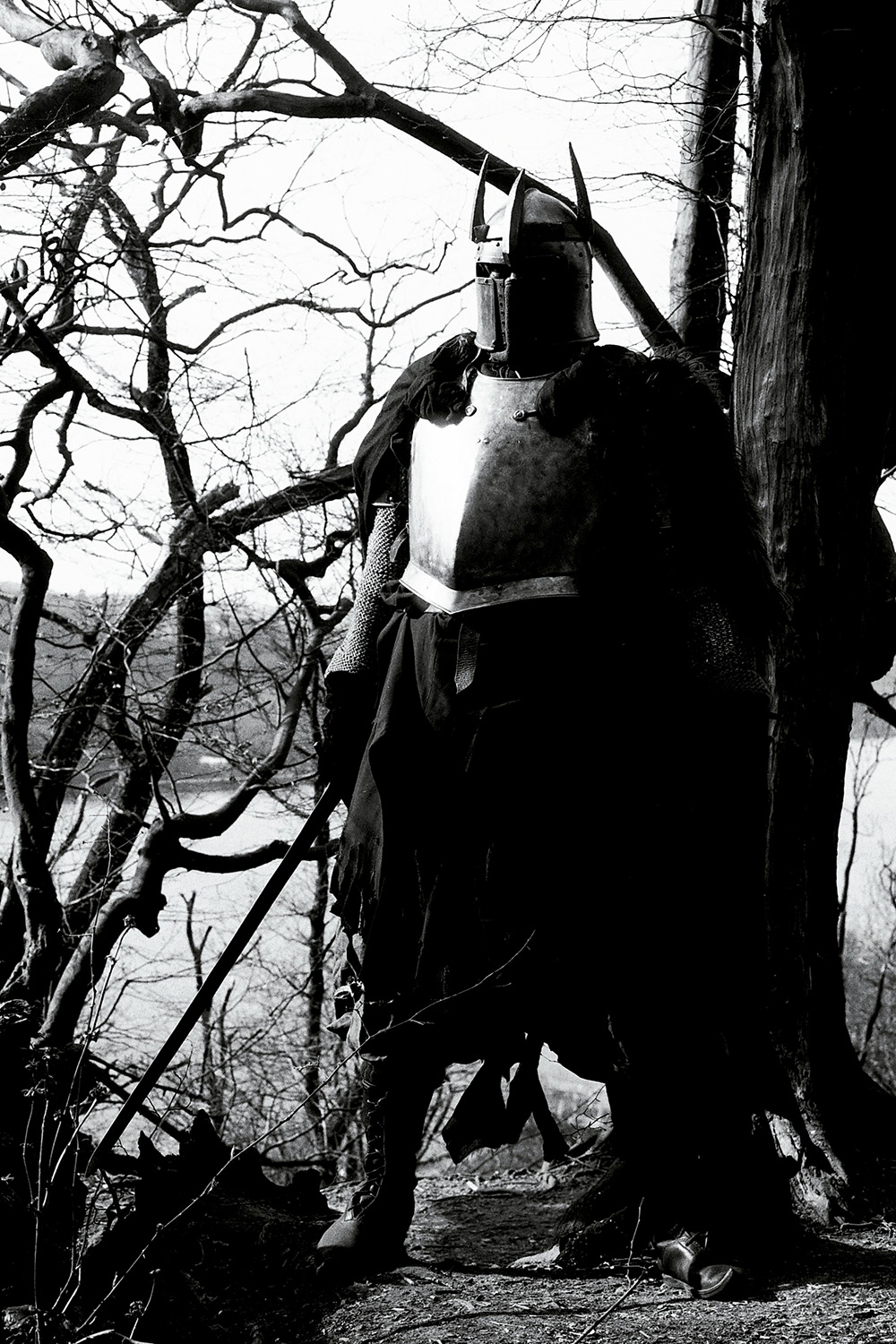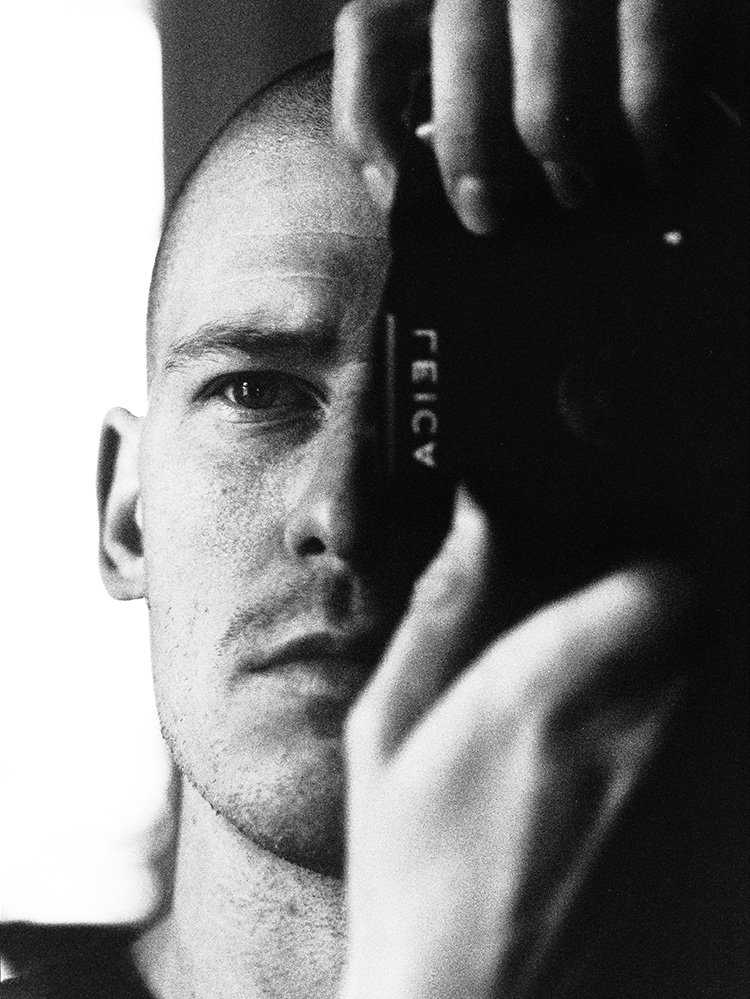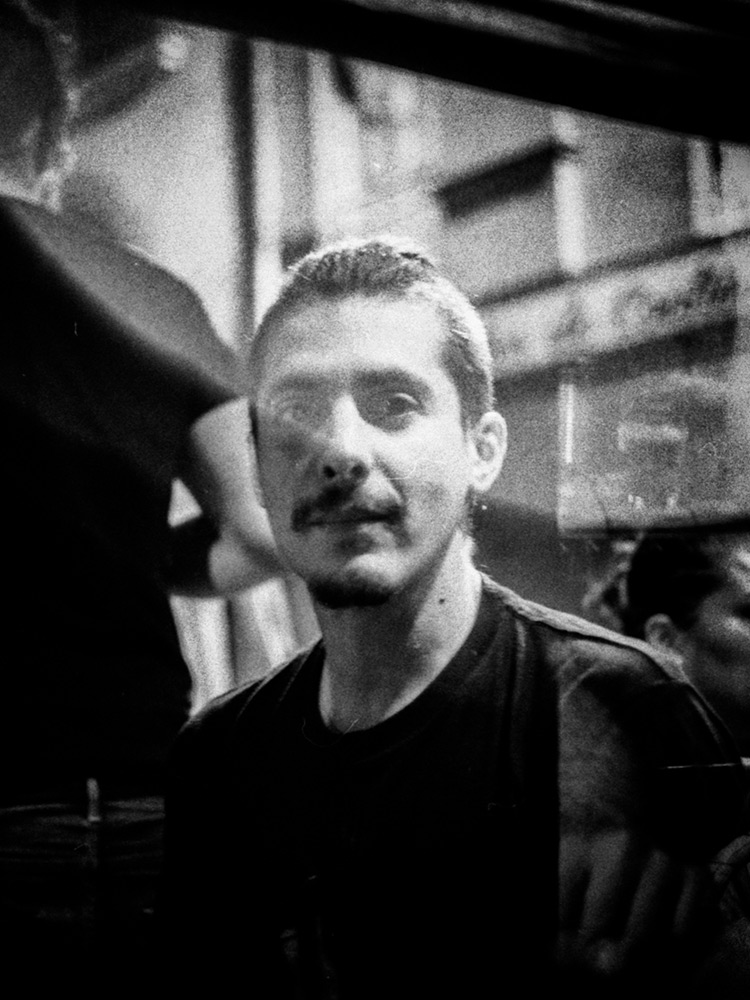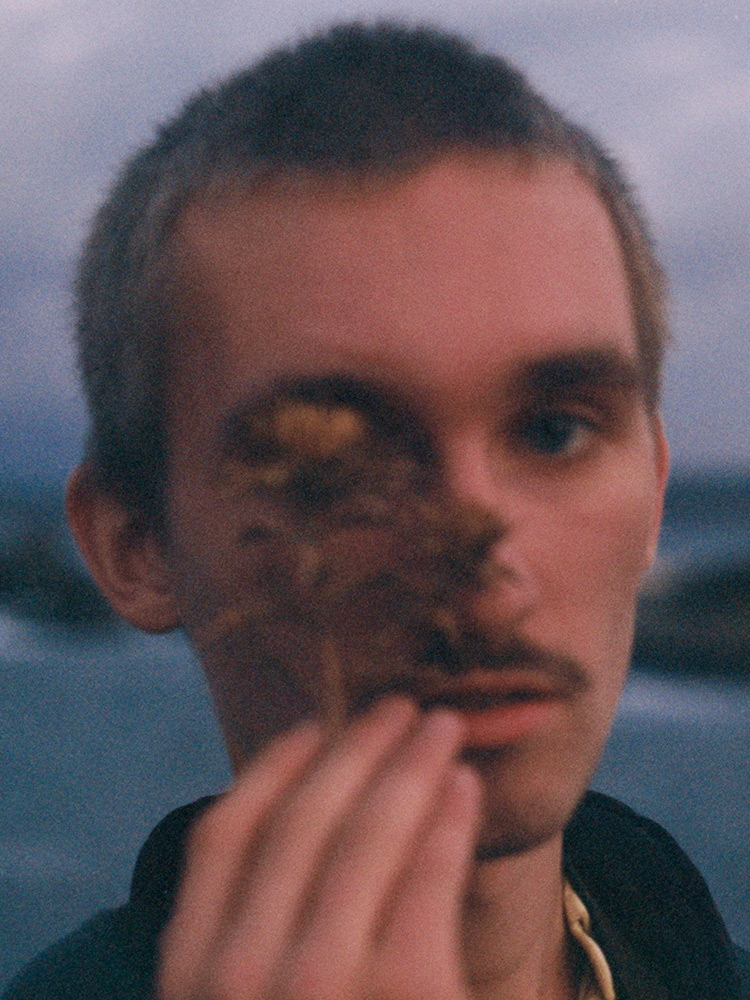
In conversation with
Victor Nordland
Wuppertal, Germany
Hi Victor, please introduce yourself.
My name is Victor Nordland, photographer, filmmaker and multi-hyphen. I actually always do in art where my passion drives me. My passion for analog photography started back when I found my father’s old camera in our attic and could hear and feel its mechanical clicks and rattles in my hands for the first time. This passion for simply the technical genius of what went into these wonderful tools inspires me to this day.
Since then I have felt the urge to express myself in the language of photography, but have taken years to get there. For me, this communication works completely or not at all. For years I tried again and again to take photos, but found no access. Until at some point I just found the right way to take photos. That was analog back then, with my OM1n, the films self-developed in France. I found my voice from one film to the other and have not let go of the camera since then.
What does analog photography mean to you? What excites / fascinates you about it?
It means so much to me. It is the language I love to speak the most. Life is not always easy and for me it is an outlet to express what words cannot. I don’t do self-portraits, but I see myself more in my own images than any photo there is of myself.
In your opinion, what are the advantages and disadvantages of analogue photography?
The biggest disadvantage at the moment is clearly the logistics. It’s much harder to get films at good prices. But that is also exciting again. Now I’m shooting more of my films myself from yardage and trying out new films that I’ve never touched before. There are always limitations, but I just see them as rules of the game that you have to somehow find your way around. Just like when you shoot large format and suddenly you can’t see the photo live through the camera beforehand. No longer all photos worked so as you have to come up with new concepts that it works.
Do you concentrate on a certain topic in your work?
Portraits. Anything that doesn’t have a person in the picture very rarely moves me to press the shutter. Maybe still plants and definitely cats. But I prefer to photograph the people around me, meet with friends or take the camera to film sets, somewhere where something is happening. Recently, however, I’m starting to draw more and more the situations before me and approach more conceptually.
Are there (analogue) photographers who have influenced your aesthetic and approach?
Directly, no. I usually avoid everything that comes closest to my work and try to develop only from my own work and my relationship with it. But there were some photographers, from the time before I managed to realize my ideas in my photos, who inspired me in the way they manifest their view of the world in the photos. And this has only strengthened in me the urge to find my approach to photography.
One photographer I’ve been lucky enough to do a reciprocal shoot with, which was totally beautiful, is Adina Salome Harnischfeger. She has such a beautiful perspective on being human, our bodies. Her images speak so much to her worldview and I wanted to discover the same for mine.
Do you have certain cameras and films that you prefer to work with?
Yes, definitely: the OM1n from Olympus. The lenses are beautiful and give you a lot of play in when they switch between sharp and wonderfully organic smooth depending on distance, center of frame and aperture. Having used OM1n with their old 50mm 1.4 for 80% of my photos for six years now, I know it inside and out and it remains my favorite lens.
In second place comes my Linhof Technika IV. A simply wonderful large format camera. I use it with a relatively modern lens, which is why it just pushes me to completely new limits in terms of what is possible with resolution, sharpness, and the geometry with which it draws everything.
My favorite for a long time was the Fuji C200, which unfortunately has recently been discontinued. However, Lomography’s Metropolis is also a great choice. What I like about both films is their behavior when underexposed. The colors just respond beautifully to stress and too little light. That’s actually my main criterion with all films as well.
For B&W I prefer the Fomapan films. I really love the analog workflow from meter to develop with them and after years of working with them, I understand exactly how to manipulate and stress them in the right way.
Speaking of films: What does your workflow look like?
At the risk of being labeled as absurd, my method of working is based on a few factors. I have very high demands on the color chemistry, resolution, scanning and handwork of my lab. At the same time, however, I don’t feel like spending 40 euros per film. Therefore, I actually develop my films in Istanbul, at Şeftali, a wonderful lab in Eminönü. An excellent lab that I can only recommend to anyone who is local! I have actually tried and carefully compared every lab in the city center systematically for color and B&W development before. I can pretty much say this lab is one of the top labs in Europe.
As for SW, I came to the conclusion that I prefer to develop it myself. This is partly because my scanner – the Plustek i8200 – is simply unbeatable in terms of tonality and resolution. In addition, the workflow is much easier to keep dust-free than with any flatbed scanner. It especially harmonizes with my developing process. Because I really don’t like the standard SW process with highly concentrated developer.
Instead, I always work with exactly 3.5ml of Rodinal per 36-photo-long film and develop in the Semi Stand process, where I simply let my film sit in the developer for an hour. The effect is just beautiful, the photos seek themselves the right ISO value, so I can underexpose, overexpose and develop everything in the same tank on one film. In addition, the process localizes contrast. If one section of the image has significantly less brightness than another, the brightest colors there will still adjust and end up at a similar brightness level to the other areas. It’s a kind of organic HDR effect that produces balanced, high-contrast, sharp images. Compared to the often very flat scans you get with B&W photos from labs, this way the images are exactly the contrast I want.
What advice would you have for other photographers who are reading this interview?
Love everything in the process, and manipulate yourself into taking good photos. If you ever feel like you know exactly what you want to photograph but it just doesn’t want to look that way, analyze why that is. What went wrong? What exactly don’t you like? What process do you have? What film, lens, scanner, light? Maybe you’re not the type for a fully manual camera. But why not, and what other kind of camera would free you artistically? Maybe a different format?
Exactly the same off-camera. Are you guys maybe more comfortable with picturing your loved ones than random Insta models? How do you stage the whole process around the photos? What do you think about during the shoot? Do you prefer to be alone in the woods or hiding behind the camera when out with friends? There is a way for everyone who has passion and a good eye to take wonderful analog photos. You just have to know how to analyze and manipulate yourself and the technology, then you will unleash your most wonderful skills.
If you publish your work on Instagram: curse or blessing?
Instagram and meta in general curse photography and this whole world, on so many levels. Just as bad as TikTok, whether it’s controlled by the psychopathic Mark Zuckerberg or rogue China. On the other hand, you have to have it and it’s great to stay in touch with friends like this, would be nice if the platform itself was aware of this. It’s part of this world, just like doing the dishes and taking out the trash. I like to design my feed though and just post whatever nonsense I want regardless of what the algorithm wants. It was never there for me anyway and I don’t see why I should be there for it.
Which 3 photo books can you recommend / should you definitely own?
I’m not a fan of photo books, instead I prefer to go to exhibitions. I like photos best in context with the world.
Thank you so much for your time!
Favorites
Linhof Technika IV, Olympus Om1n
Fomapan, FujifilmC200 (RIP), Lomography Metropolis
Color & B/W
